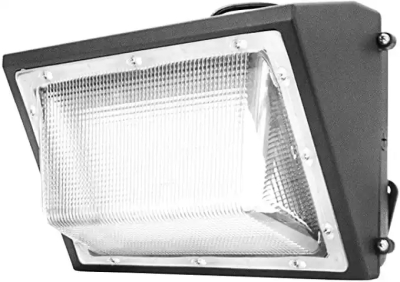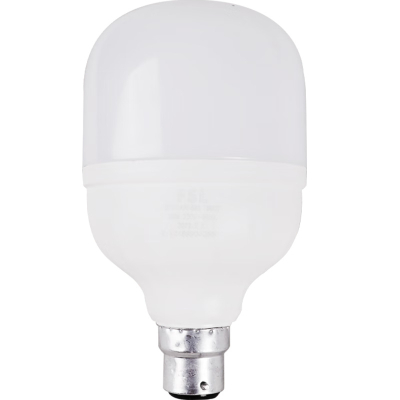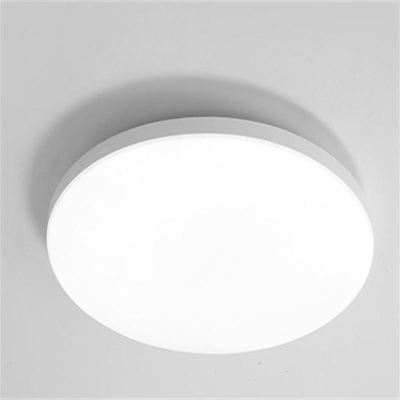Pathway Light
Pathway lights are outdoor lighting fixtures specifically designed to illuminate walkways, driveways, gardens, and other pedestrian paths. Their purpose is to provide safe and aesthetically pleasing illumination, guiding people along the path while enhancing the overall outdoor landscape.
The housing of a pathway light is usually made of durable materials that can withstand outdoor conditions. Common materials include aluminum alloy, stainless steel, and high - quality plastics. Aluminum alloy is favored for its lightweight nature and good resistance to corrosion. Stainless steel offers excellent durability and a more refined look, while plastics can be molded into various shapes and are often more affordable.
The housing is designed to be weather - resistant. It has a sealed construction to prevent water, dust, and debris from entering and damaging the internal components. High - quality gaskets, typically made of rubber or silicone, are used around the edges and any openings to ensure a tight seal. Some pathway lights also have a UV - resistant coating on the housing to prevent fading and discoloration caused by sunlight exposure.
Pathway lights commonly use LED (Light - Emitting Diode) technology as the light source. LEDs are ideal for this application due to their energy - efficiency, long lifespan, and ability to emit a focused and consistent light. The LED module within the light usually consists of one or more LEDs, depending on the desired brightness. The color temperature of the LEDs can vary to create different lighting effects. For a warm and inviting atmosphere, a lower color temperature (around 2700 - 3000K) is often used. For a brighter, more daylight - like effect, a higher color temperature (around 5000 - 6500K) may be preferred.
In some cases, traditional incandescent bulbs or solar - powered light sources can also be found in pathway lights. Solar - powered pathway lights have a built - in solar panel that charges a battery during the day, allowing the light to operate at night without the need for an electrical connection.
To direct and shape the light, pathway lights incorporate optical components. The lens is a crucial part of this system and is typically made of toughened glass or high - grade, impact - resistant plastic. The lens serves to protect the light source from physical damage and to focus or diffuse the light as needed.
For a more focused illumination that highlights the path clearly, the lens may have a convex shape to direct the light downward. In contrast, a diffused lens can spread the light over a wider area, creating a softer and more ambient lighting effect. Some pathway lights also have a reflector behind the light source to enhance the light - gathering and - directing capabilities.
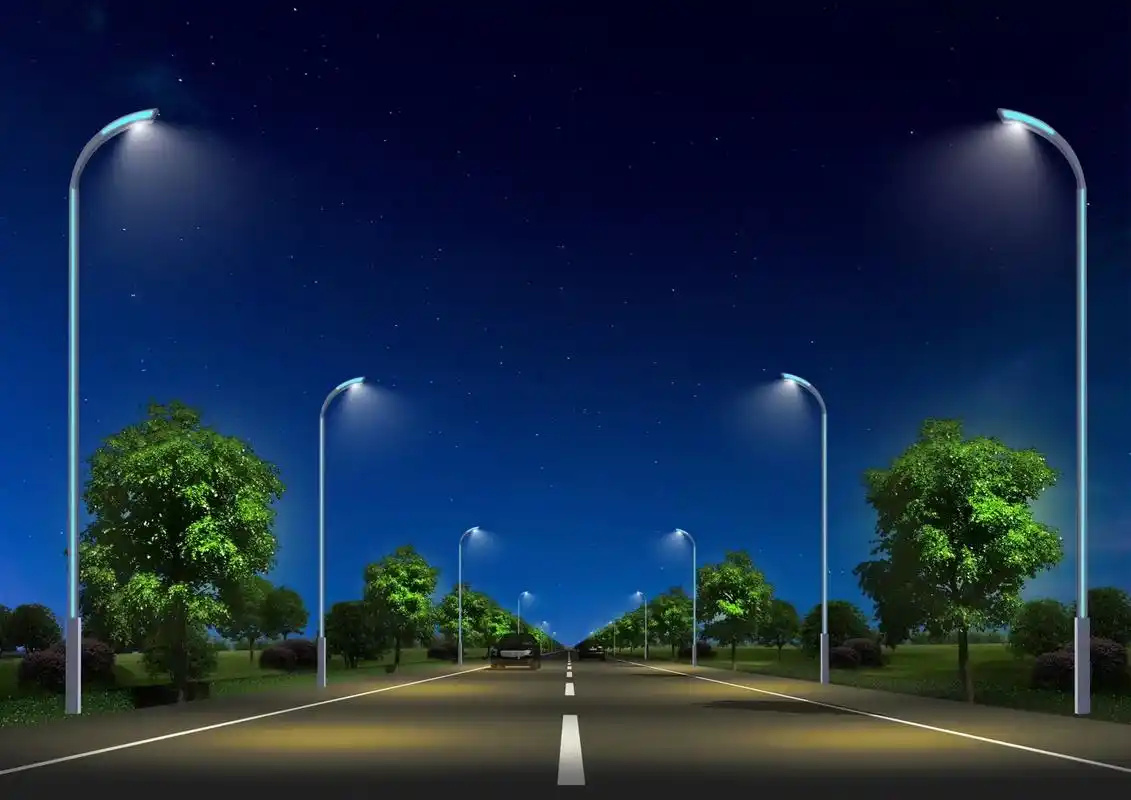
Pathway lights have a variety of mounting options. They can be post - mounted, stake - mounted, or surface - mounted. Post - mounted pathway lights are attached to a metal or wooden post that is inserted into the ground. The post provides height and stability, allowing the light to shine over a wider area. Stake - mounted lights have a long, pointed stake at the bottom that can be easily pushed into the ground along the side of the path.
Surface - mounted pathway lights are designed to be attached directly to a flat surface such as a patio, deck, or stone pathway. They usually come with a mounting base or bracket that can be screwed or glued to the surface. The installation process for pathway lights is generally straightforward, often requiring only basic tools and a power source (if not solar - powered).
In electrically - powered pathway lights, there are essential electrical components. A driver circuit is used for LED - based lights to convert the input AC voltage from the power supply to the appropriate DC voltage and current required by the LED module. The driver also provides functions such as over - voltage protection, over - current protection, and dimming control.
The wiring is carefully insulated and routed within the housing to avoid any electrical hazards. The connections between the light source, driver, and other components are made through reliable connectors and terminals to ensure a stable electrical supply and proper operation of the light. For solar - powered pathway lights, a solar panel, a rechargeable battery, and a charge controller are the key components that manage the power generation, storage, and use.
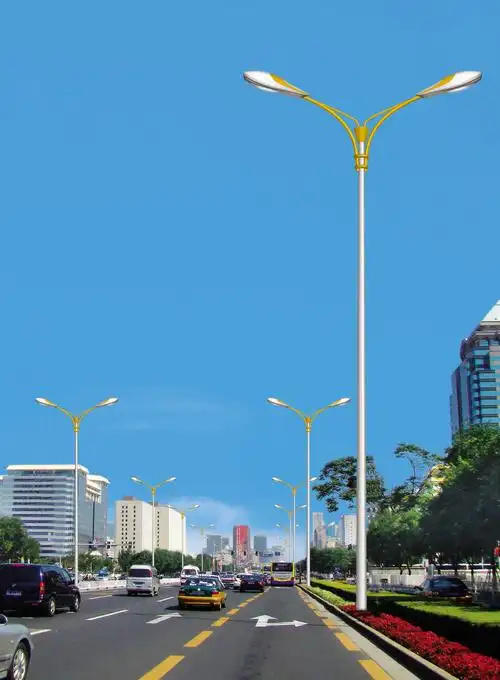
For electrically - powered pathway lights, when connected to a power source, the AC voltage is fed into the driver circuit. The driver converts the AC voltage to the specific DC voltage and current needed for the LED module to operate. The LEDs then emit light through the process of electroluminescence. The light is directed and shaped by the optics and lens to illuminate the path.
In solar - powered pathway lights, during the day, the solar panel converts sunlight into electrical energy. The charge controller manages the charging process of the battery, ensuring it is charged efficiently and safely. At night, the battery provides power to the LED module, which emits light to illuminate the path.
The primary advantage of pathway lights is to enhance safety by providing clear illumination of walkways and driveways. This helps prevent accidents such as trips and falls, especially in low - light conditions or at night.
Pathway lights add an aesthetic touch to outdoor spaces. They can create a warm and inviting atmosphere, highlighting the beauty of gardens, landscaping, and architectural features. The soft glow of pathway lights can transform an ordinary outdoor area into a more charming and relaxing space.
LED - powered pathway lights are energy - efficient, consuming less electricity compared to traditional incandescent lights. Solar - powered pathway lights are even more sustainable, as they rely on renewable solar energy and do not require an external power source, reducing energy costs and environmental impact.

In homes, pathway lights are used to illuminate garden paths, leading from the front door to the driveway or around flower beds and patio areas. They also enhance the safety and beauty of backyard decks and pool areas.
In parks, hotels, resorts, and commercial complexes, pathway lights are used to light up pedestrian walkways, providing a safe and pleasant experience for visitors. They are also used to highlight entrances, gardens, and other outdoor attractions.



